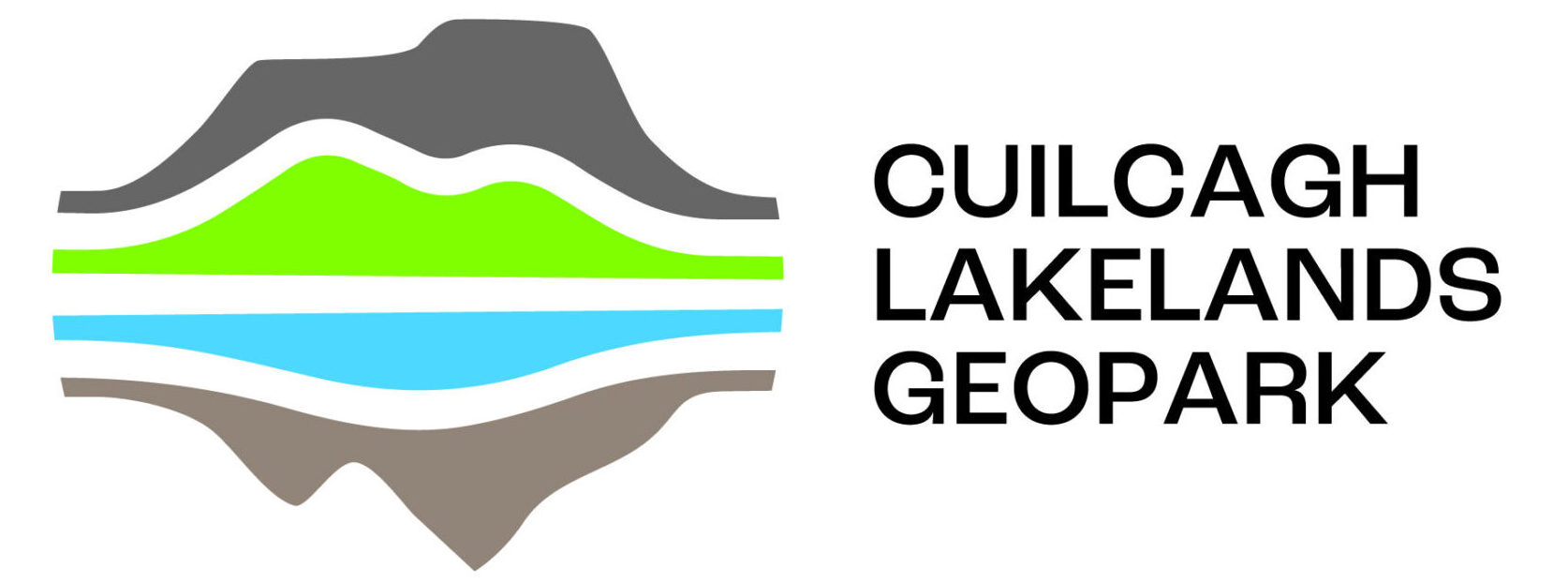History of First Exploration of the Marble Arch Caves
It was in 1895 that Edouard-Alfred Martel, a famous French speleologist, and a Dublin born naturalist called Lister Jameson, carried out the first scientific exploration of the cave on the invitation of the Earl of Enniskillen.
The two companions, equipped with Martel’s American-made, collapsible, canvas canoe, set off into the unknown by candlelight. Dark, eerie shadows flickered and shifted before them while the blackness stole back in behind them only to be dispelled by stark brilliance as they lit strips of magnesium in the larger chambers. Light flooded these chambers, driving back the darkness and revealing their magnificent splendour to humans for the first time.
Hours later, the two explorers emerged back into the daylight. Wet, cold and covered in mud but exhilarated by what they had seen, they were eager to tell of their adventures. Martel was so impressed that he suggested the Marble Arch Caves would make a fine tourist show cave in his 1897 book Irlande et Cavernes Anglaises.
The Marble Arch Caves
The Marble Arch Caves are a series of subterranean limestone systems in West Fermanagh within the lowlands of Cuilcagh Mountain. It is located in the Marlbank area situated near the villages of Florencecourt in County Fermanagh in Northern Ireland and Blacklion in County Cavan in the Republic of Ireland.
The imposing entrance to the show cave is in the Cladagh Glen National Nature Reserve. This forested area is approximately 24 hectares in size and is one of the last remaining damp ash woodlands in Ireland.
The Marble Arch Caves are formed from three tributary rivers, which flow down from the slopes of the nearby Cuilcagh Mountain, through the caves and eventually join along the guided tour boat journey to form the Cladagh River. It is the Cladagh River which emerges finally into daylight from the resurgence to finally flow through daylight through the Marble Arch to meander down through the Cladagh Glen gorge before flowing into Lough Mc Nean.
Naming of the Marble Arch Caves
The Marble Arch Cave is named after the nearby Marble Arch, a natural limestone archway which when wet resembles marble stone. The Marble Arch can be located near to the resurgence (exit) of the show cave along the upstream end of the Cladagh Glen National Nature Reserve where this impressive archway spans across the river to the far bank.
The Marble Arch Caves- Showcave
It was not until 1985 when Fermanagh District Council opened part of the Marble Arch Caves as a tourist attraction. The popularity of the show cave was immediate and to date over 1.5 million visitors have taken a guided tour through what is a truly spectacular subterranean world.
Subtle electric lighting reveals hanging stalactites, translucent mineral veils and cascades of calcite. One of the largest of these flowstones, the Porridge Pot, took 50,000 years to grow from slow drips from above. Visitors follow Martel’s journey on foot and by boat along the silent cave river to land beside a sandy beach that has never seen sunlight.
Over one hundred years have passed since Marble Arch Caves were first explored. A long time in human terms and while a person could live a long life into their old age it is but a mere blink in the colossal time span of the caves. In truth one hundred years is barely enough time for a two metre long stalactite to add an extra millimetre to its length.
From the Marble Arch Caves to the Marble Arch Caves UNESCO Global Geopark
When the Marble Arch Caves was opened as a tourist attraction by Fermanagh District Council, the attraction originally employed only a handful of staff. However, due to its immediate success the facilities were quickly expanded to accommodate ever growing number of visitors. In 1998, the adjacent Cuilcagh Mountain Park was opened on the northern slopes of Cuilcagh Mountain, fulfilling a vital conservation responsibility for the endangered blanket bog, but also providing a welcome recreational resource, with safe access to the summit of Cuilcagh Mountain. In 2001 Marble Arch Caves along with Cuilcagh Mountain Park were awarded European Geopark status and in 2004, Global Geopark status. The Geopark has expanded substantially since 2001 and a significant expansion in 2008 saw the Geopark expand to include public lands in west Fermanagh and west Cavan making it the first cross-border Geopark anywhere in the world. The story doesn’t end there with UNESCO officially endorsing the Global Geoparks program in 2015, and Marble Arch Caves UNESCO Global Geopark currently includes over 40 sites and is continually developing a range of different sites.
More programmes








